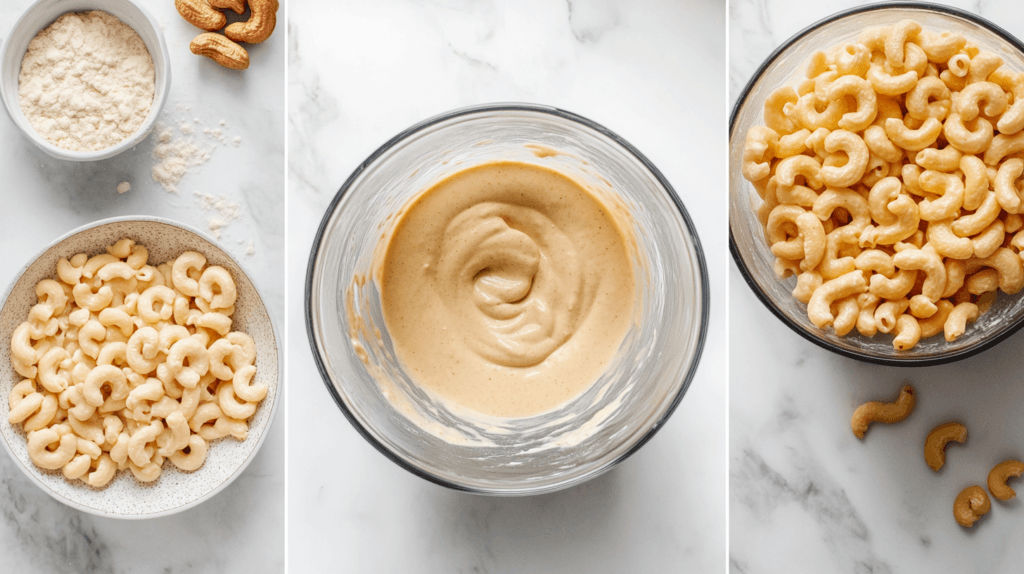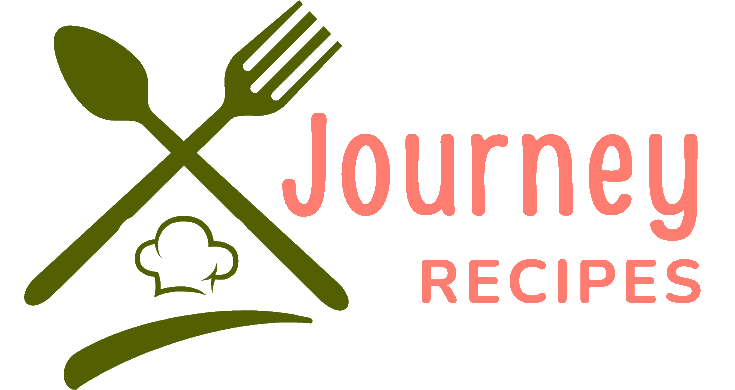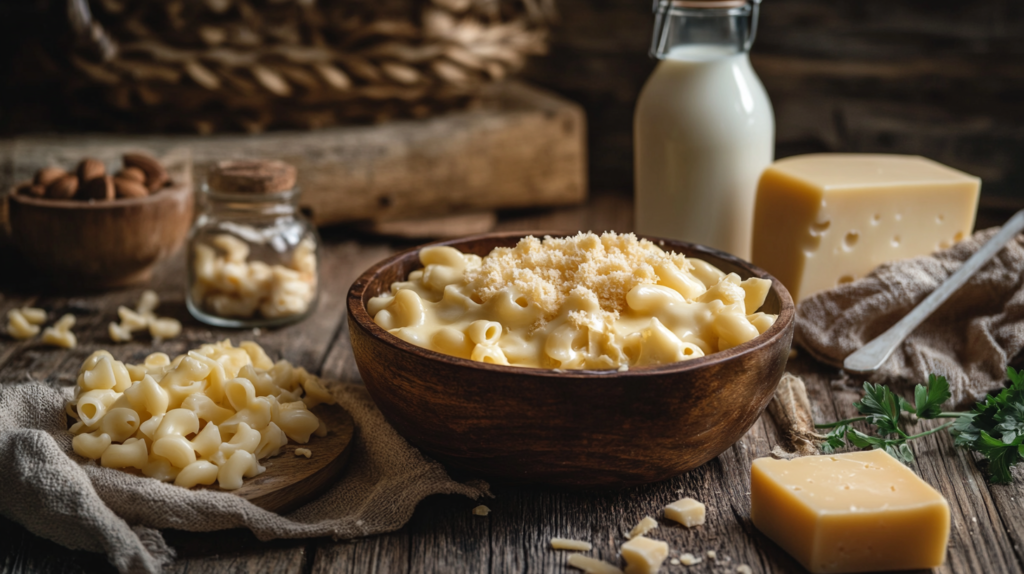Can you make mac and cheese without milk? Absolutely! Mac and cheese is a beloved comfort food, known for its creamy, cheesy goodness. Traditionally, milk plays a key role in creating that luscious texture, but what if you don’t have milk on hand or prefer a dairy-free option? The good news is that making mac and cheese without milk is entirely possible—and often just as delicious. Whether you’re out of milk, dealing with dietary restrictions, or simply looking for an alternative, there are numerous substitutes and creative tweaks to try.
In this article, we’ll explore why milk is typically used in mac and cheese, delve into suitable substitutes, and share some easy recipes and tips to make milk-free mac and cheese. By the end, you’ll have all the knowledge you need to whip up a satisfying dish, no milk required.
Table of Contents
Why Milk is Typically Used in Mac and Cheese
Milk’s Role in Texture and Flavor
Milk is a key ingredient in many mac and cheese recipes because of its creamy consistency and ability to bind flavors together. When combined with cheese, butter, and flour (in a roux-based recipe), milk creates a rich, velvety sauce that clings perfectly to the pasta.
The fat content in milk contributes to the dish’s indulgent mouthfeel, while its natural sugars and proteins help enhance the cheesy flavor. It also acts as a thinning agent, preventing the sauce from becoming too thick or clumpy.
Nutritional Contribution of Milk
From a nutritional standpoint, milk adds essential nutrients like calcium, vitamin D, and protein to mac and cheese. These benefits make it a popular choice, especially for families looking to boost the nutritional value of this classic dish.
Exploring Milk Substitutes for Mac and Cheese

When you’re ready to ditch the milk, there are plenty of alternatives that can replicate its texture and functionality. These substitutes can be tailored to your dietary needs, whether you’re looking for a vegan option, a pantry-friendly fix, or a richer alternative.
Common Non-Dairy Milk Options
Non-dairy milk is a fantastic starting point for making mac and cheese without milk. Many varieties offer a creamy base that blends seamlessly with cheese and other ingredients.
Almond Milk
Almond milk is a popular choice due to its mild flavor and smooth consistency. It works well in mac and cheese but might require an additional thickener like flour or cornstarch to achieve the desired texture.
Soy Milk
Soy milk is another excellent option. It’s rich and slightly nutty, making it a great stand-in for dairy milk. Look for unsweetened varieties to avoid altering the dish’s flavor.
Oat Milk
Oat milk has a naturally creamy texture, making it an ideal substitute for milk in mac and cheese. Its neutral taste complements cheese, and it works well in both stovetop and baked recipes.
Pantry-Based Substitutes
Sometimes, the best substitute is something you already have on hand.
Water and Butter
A simple combination of water and butter can mimic the thinning and fat-providing qualities of milk. While it won’t add creaminess, it ensures the pasta stays moist and flavorful.
Broth (Vegetable or Chicken)
Using broth as a substitute gives your mac and cheese a savory depth of flavor. Vegetable broth works well for vegetarians, while chicken broth adds a hearty touch.
Heavy Cream or Half-and-Half
If you have heavy cream or half-and-half in your fridge, these can be excellent milk alternatives. They’re richer than milk, so you may need to dilute them with a bit of water for balance.
Vegan and Dairy-Free Substitutes
For those avoiding dairy entirely, these substitutes offer creamy, satisfying results without compromising on flavor.
Cashew Cream
Cashew cream is made by blending soaked cashews with water until smooth. It has a silky texture and mild taste, making it a fantastic base for vegan mac and cheese.
Coconut Milk
Coconut milk (canned, full-fat) adds a rich, velvety texture. While it has a hint of coconut flavor, this can be masked with the right seasonings and cheese substitutes.
Nutritional Yeast Blends
Nutritional yeast is a staple in vegan cooking due to its cheesy flavor. When mixed with plant-based milk or broth, it creates a creamy, dairy-free cheese sauce.
Can you make mac and cheese without milk? Recipes Without Milk

Quick and Easy Milk-Free Mac and Cheese Recipe
This recipe is perfect for a last-minute meal using pantry staples.
Ingredients:
- 2 cups cooked elbow macaroni
- 1 cup chicken or vegetable broth
- 2 tbsp butter or plant-based butter
- 1 cup shredded cheese (or dairy-free cheese)
- Salt and pepper to taste
Instructions:
- In a saucepan, melt the butter and whisk in the broth over medium heat.
- Incorporate the shredded cheese and stir until it is fully melted and creamy.
- Toss in the cooked macaroni and stir until evenly coated.
- Season with salt and pepper, then serve hot.
Vegan Mac and Cheese Recipe
This plant-based recipe delivers a creamy, cheesy flavor without any dairy. It’s a crowd-pleaser, even for non-vegans!
Ingredients:
- 2 cups cooked elbow macaroni (or gluten-free pasta)
- 1 cup unsweetened almond or oat milk
- 1/4 cup nutritional yeast
- 2 tbsp vegan butter
- 1 tbsp cornstarch (or arrowroot powder)
- 1 tsp garlic powder
- 1/2 tsp turmeric (for color)
- Salt and pepper to taste
- Optional: 1/2 cup grated vegan cheese
Instructions:
- Prepare the macaroni following the instructions on the package, then drain and set it aside.
- In a small bowl, mix the cornstarch with 2 tablespoons of almond milk to create a slurry.
- Heat the remaining almond milk in a saucepan over medium heat. Stir in the nutritional yeast, garlic powder, turmeric, salt, and pepper.
- Gradually add the cornstarch slurry, stirring constantly to thicken the sauce.
- Melt in the vegan butter and optional grated vegan cheese for extra creaminess.
- Add the cooked pasta to the sauce and stir until it is evenly coated. Serve while warm.
Kid-Friendly Milk-Free Mac and Cheese
For a version that’s both nutritious and appealing to kids, this recipe uses simple ingredients and a mild flavor profile.
Ingredients:
- 2 cups cooked macaroni or shell pasta
- 1 cup vegetable broth
- 1/2 cup mashed sweet potato or butternut squash
- 1/2 cup shredded cheese (or dairy-free cheese)
- 2 tbsp butter or olive oil
- 1/4 tsp paprika (optional)
- Salt to taste
Instructions:
- Cook and drain the pasta; set aside.
- In a saucepan, combine the broth and mashed sweet potato or squash. Heat over medium, stirring to create a smooth mixture.
- Add butter and shredded cheese, stirring until the cheese melts.
- Mix in the cooked pasta, ensuring the sauce coats every piece. Add paprika for extra flavor if desired. Serve warm.
Tips for Enhancing Milk-Free Mac and Cheese
Adjusting Seasonings for Flavor
Milk-free mac and cheese can sometimes lack the richness associated with traditional recipes. To compensate, experiment with seasonings like:
- Garlic powder and onion powder: These add savory depth.
- Mustard powder: A tangy kick that complements cheese.
- Paprika or smoked paprika: For a smoky undertone.
- Nutritional yeast: Enhances the cheesy flavor, especially in vegan recipes.
Adding fresh herbs like thyme or parsley as a garnish can also elevate the dish.
Achieving the Perfect Creamy Texture
Creating a smooth, creamy sauce without milk requires attention to texture. Here are a few tips:
- Use a blender to combine ingredients like cashew cream or vegetable purees for a velvety finish.
- Gradually add liquid (broth or non-dairy milk) to your roux or base to avoid lumps.
- If the sauce becomes too thick, thin it with a splash of water, broth, or plant-based milk.
Creative Ways to Customize Milk-Free Mac and Cheese
Milk-free mac and cheese can serve as a versatile base for experimenting with various flavors and textures. Here are some creative ways to elevate your dish:
Add Extra Veggies
Incorporating vegetables not only boosts the nutritional value but also adds unique flavors and textures. Popular choices include:
- Broccoli: Steam and mix in for a classic pairing.
- Spinach or Kale: Sauté and stir into the pasta for a leafy, vibrant twist.
- Peas or Sweet Corn: Add these for a touch of sweetness and color.
Use Unique Toppings
Toppings can completely transform your mac and cheese. Consider:
- Breadcrumbs: Toasted breadcrumbs sprinkled on top add a satisfying crunch.
- Caramelized Onions: Sweet, rich onions pair beautifully with cheesy sauces.
- Roasted Garlic: A deep, savory note that enhances any variation.
Experiment with Proteins
For a heartier dish, add proteins like:
- Grilled Chicken or Turkey: Great for a non-vegetarian option.
- Crispy Bacon: Provides a smoky, savory contrast.
- Chickpeas or Lentils: Perfect plant-based additions for extra protein.
Spice It Up
Turn up the heat or add unique flavors with:
- Chili Flakes or Hot Sauce: Ideal for spice lovers.
- Smoked Paprika: A smoky flavor that complements non-dairy cheese sauces.
- Truffle Oil: A luxurious addition for special occasions.
Incorporate International Flavors
Give your mac and cheese a global twist by incorporating ingredients like:
- Taco Seasoning and Salsa: Create a Tex-Mex-inspired dish.
- Curry Powder: Infuse the dish with bold Indian flavors.
- Miso Paste: Add an umami kick for a Japanese-inspired mac and cheese.
Frequently Asked Questions (FAQs)
Can I Use Sour Cream or Yogurt Instead of Milk?
Yes, sour cream or yogurt (plain, unsweetened) can be excellent substitutes for milk. They add tanginess and creaminess, though you might need to dilute them slightly with water or broth. If you’re exploring other creative ways to enhance your mac and cheese, check out this guide on creamy alternatives like cottage cheese.
How Does Skipping Milk Affect the Taste?
Without milk, mac and cheese might lose a bit of its traditional creamy richness. However, using flavorful substitutes like broth, non-dairy milk, or vegetable purees ensures the dish remains satisfying.
What is the Best Dairy-Free Cheese for Mac and Cheese?
The best dairy-free cheeses are those that melt well, such as cheddar-style vegan shreds or cream cheese alternatives. Nutritional yeast can also provide a cheesy flavor without the need for store-bought substitutes. For an inspired twist, consider blending unique flavors like those featured in vegetarian-friendly dishes.
Is It Possible to Make Mac and Cheese Healthier Without Milk?
Absolutely! Using vegetable purees (e.g., butternut squash or sweet potato) adds nutrients while reducing fat. Opt for whole-grain or gluten-free pasta to increase the dish’s fiber content.
What Other Creative Substitutes Work in a Pinch?
If you’re out of milk and other typical substitutes, try blending silken tofu, using mashed potatoes, or even mixing in plain hummus for a unique twist on the classic recipe.
Conclusion
Making mac and cheese without milk is not only possible but also opens up a world of creative and delicious possibilities. From non-dairy milk options like almond and oat milk to pantry staples like broth and butter, there are countless ways to adapt the recipe to your needs. Whether you’re crafting a vegan version or simply using what you have on hand, the key is experimenting with flavors and textures to find your perfect match. So, the next time you’re craving mac and cheese but don’t have milk, don’t fret—just whip up one of these tasty alternatives and enjoy!
Printable Recipe Card
Want just the essential recipe details without scrolling through the article? Get our printable recipe card with just the ingredients and instructions.

